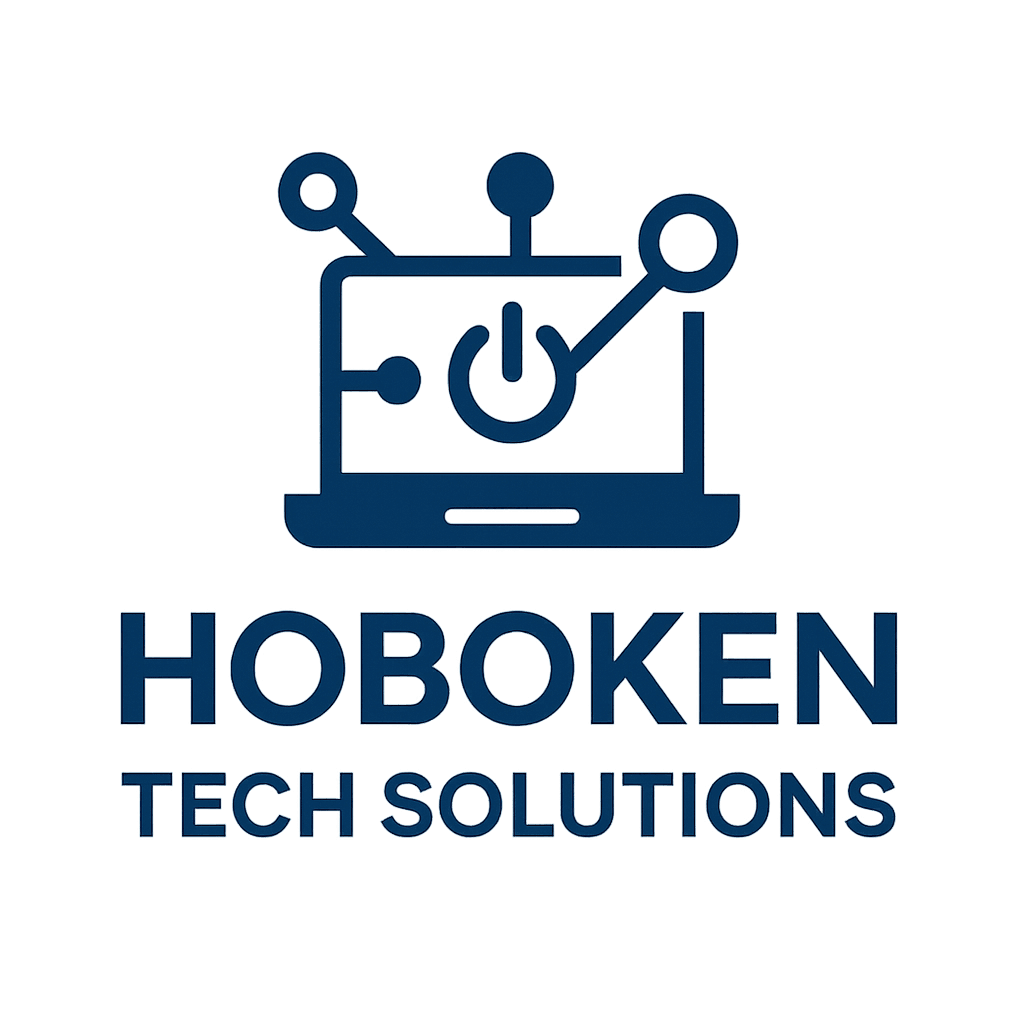Top 10 DIY Fixes for Common PC Issues by Managed Services Experts
Diagnosing Slow Performance
A sluggish computer can be incredibly frustrating, but many users don't realize that some simple DIY fixes can often resolve these performance issues. The first step is identifying the cause. Start by checking the Task Manager to see what processes are using the most resources. Often, disabling unnecessary startup programs can significantly improve boot times and overall speed.
Next, consider performing a disk cleanup. Over time, your PC accumulates temporary files and other unused data that can slow down performance. Use the built-in Disk Cleanup tool or third-party software to free up space and enhance speed.
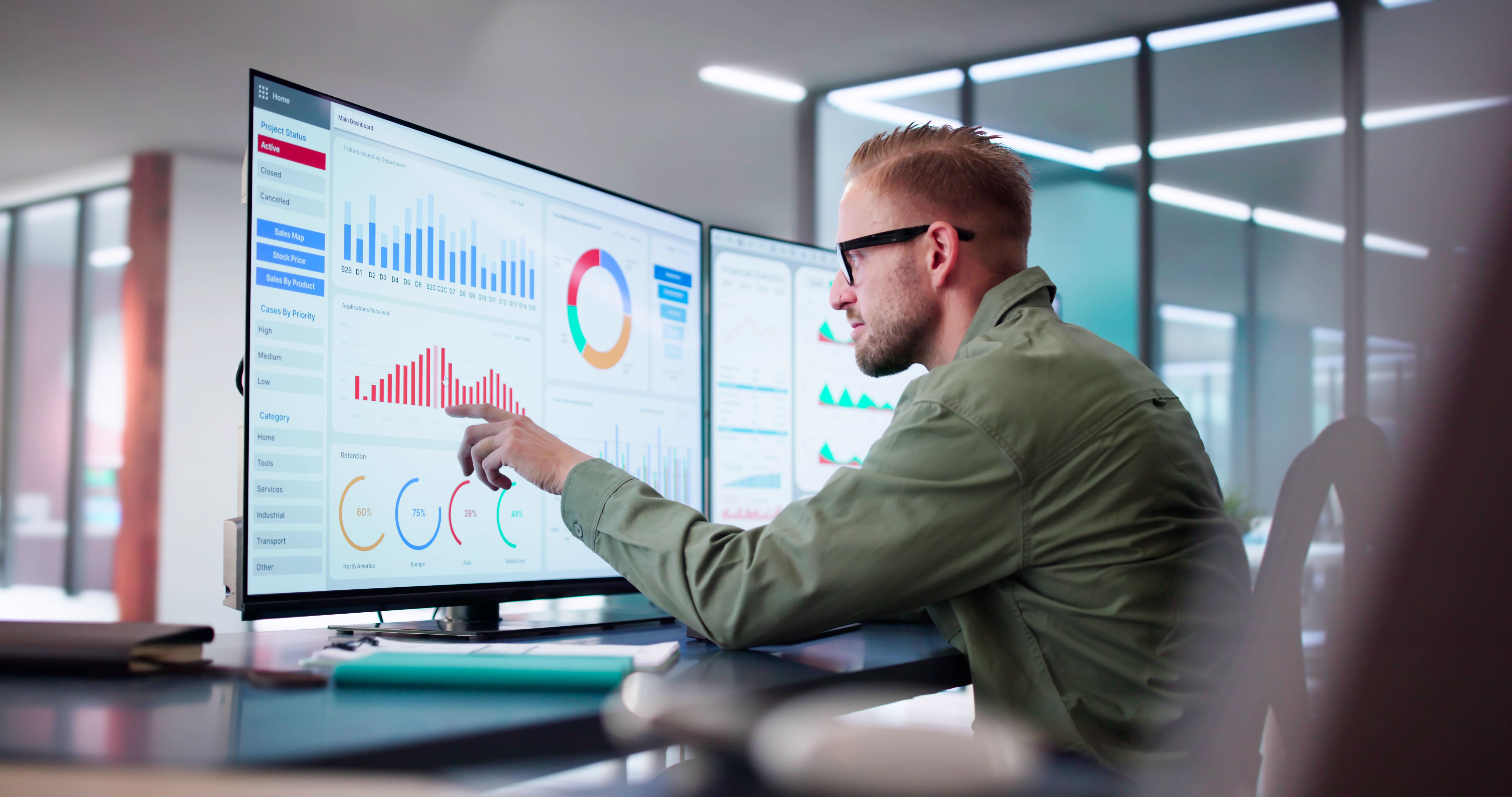
Resolving Internet Connectivity Problems
Check Your Hardware
Internet issues can stem from hardware problems. Ensure that your modem and router are functioning correctly. Restart them by unplugging their power sources for a few minutes before plugging them back in. This simple step often resolves connectivity issues.
Adjust Your Network Settings
If restarting the hardware doesn't help, check your network settings. Make sure your PC is connected to the correct network and that all cables are securely connected. Sometimes, updating network drivers can also resolve persistent issues with connectivity.

Troubleshooting Software Crashes
Software crashes are another common problem for PC users. Begin by ensuring your software is up to date. Developers frequently release patches and updates that fix bugs and improve stability. Check the software's settings for an option to update automatically.
If the problem persists, try uninstalling and then reinstalling the application. This process can often resolve issues caused by corrupted files or incomplete installations.
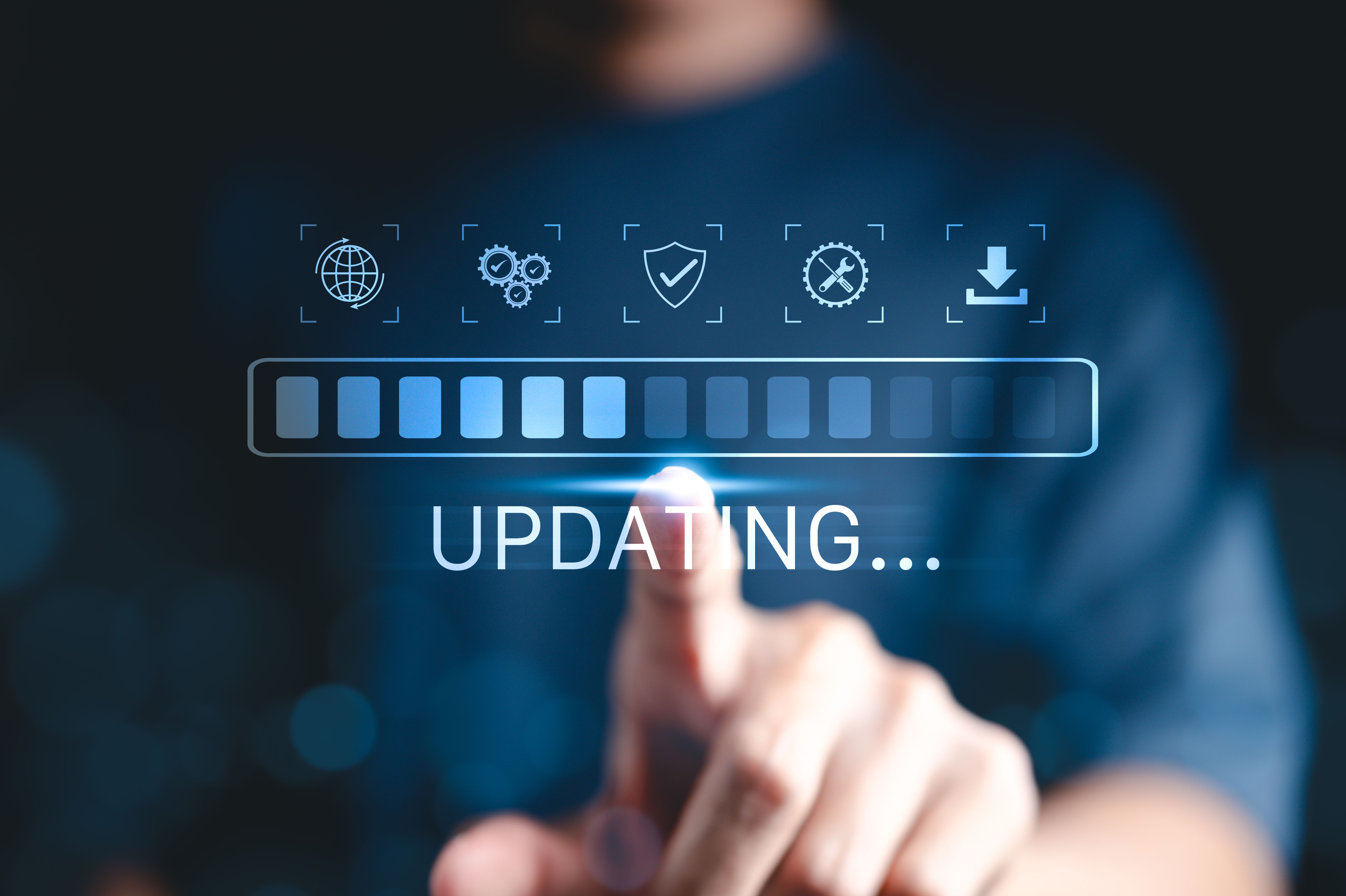
Fixing Audio Problems
No sound from your PC? Start by checking the basics: ensure your speakers or headphones are properly connected and the volume is turned up both on your device and within your system settings. If these checks don't solve the issue, delve into your audio settings to ensure the correct playback device is selected.
For more persistent audio issues, updating or reinstalling your audio drivers may be necessary. Visit the manufacturer's website for the latest driver versions compatible with your system.
Addressing Display Issues
Display problems such as flickering screens or incorrect resolutions can often be resolved through some straightforward troubleshooting. Begin by adjusting your display settings, ensuring they match your monitor's specifications.
If you're experiencing persistent issues, check your graphics card drivers for updates. An outdated driver can cause numerous display problems, and updating it can restore proper functionality and improve visual performance.
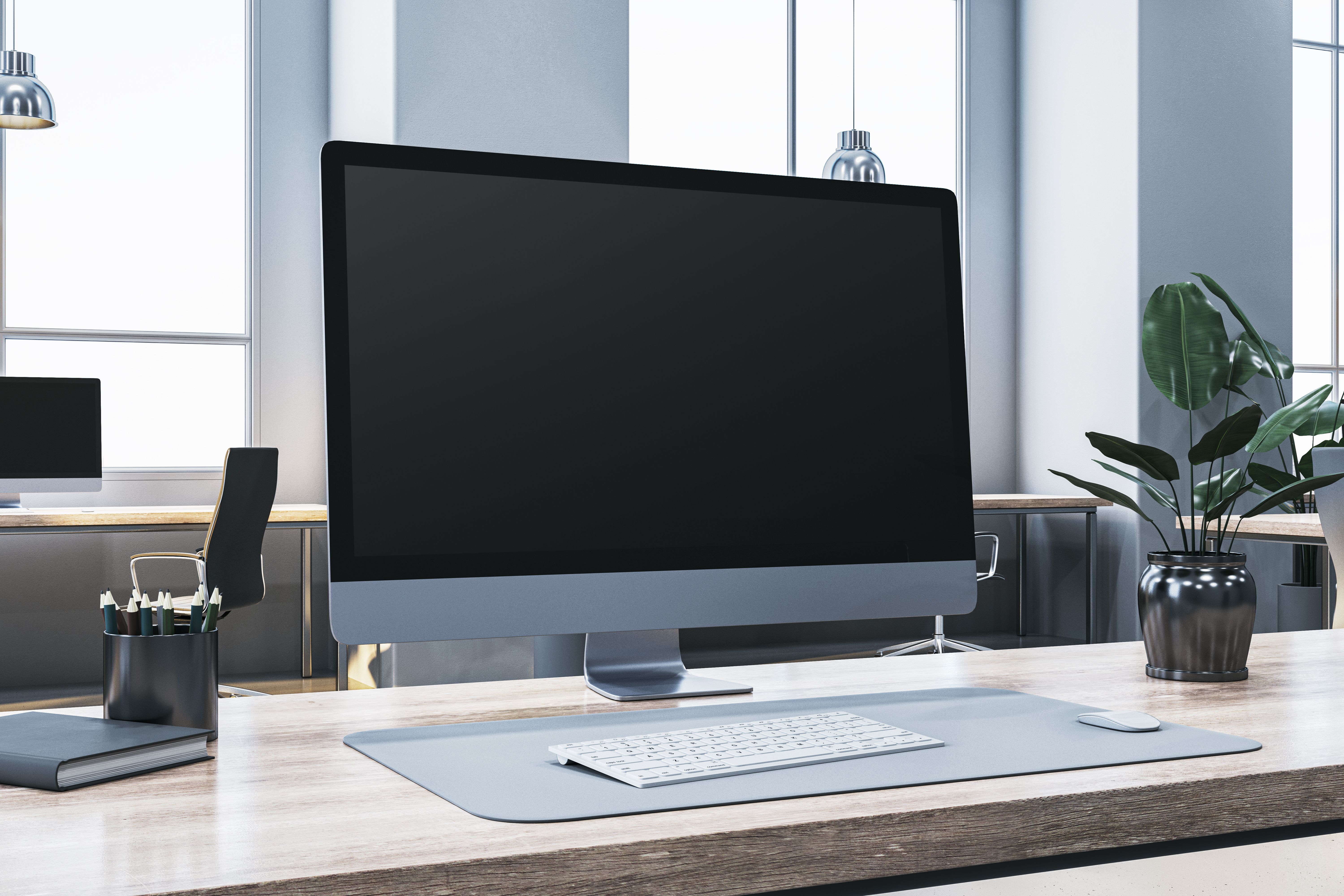
Preventing Overheating
Overheating is a frequent cause of unexpected shutdowns and performance bottlenecks. Ensure that your PC is well-ventilated and dust-free. Regularly clean the interior of your computer case with compressed air to remove dust buildup on fans and components.
Consider using a cooling pad for laptops or adding additional fans to desktops to improve airflow and maintain optimal temperatures.
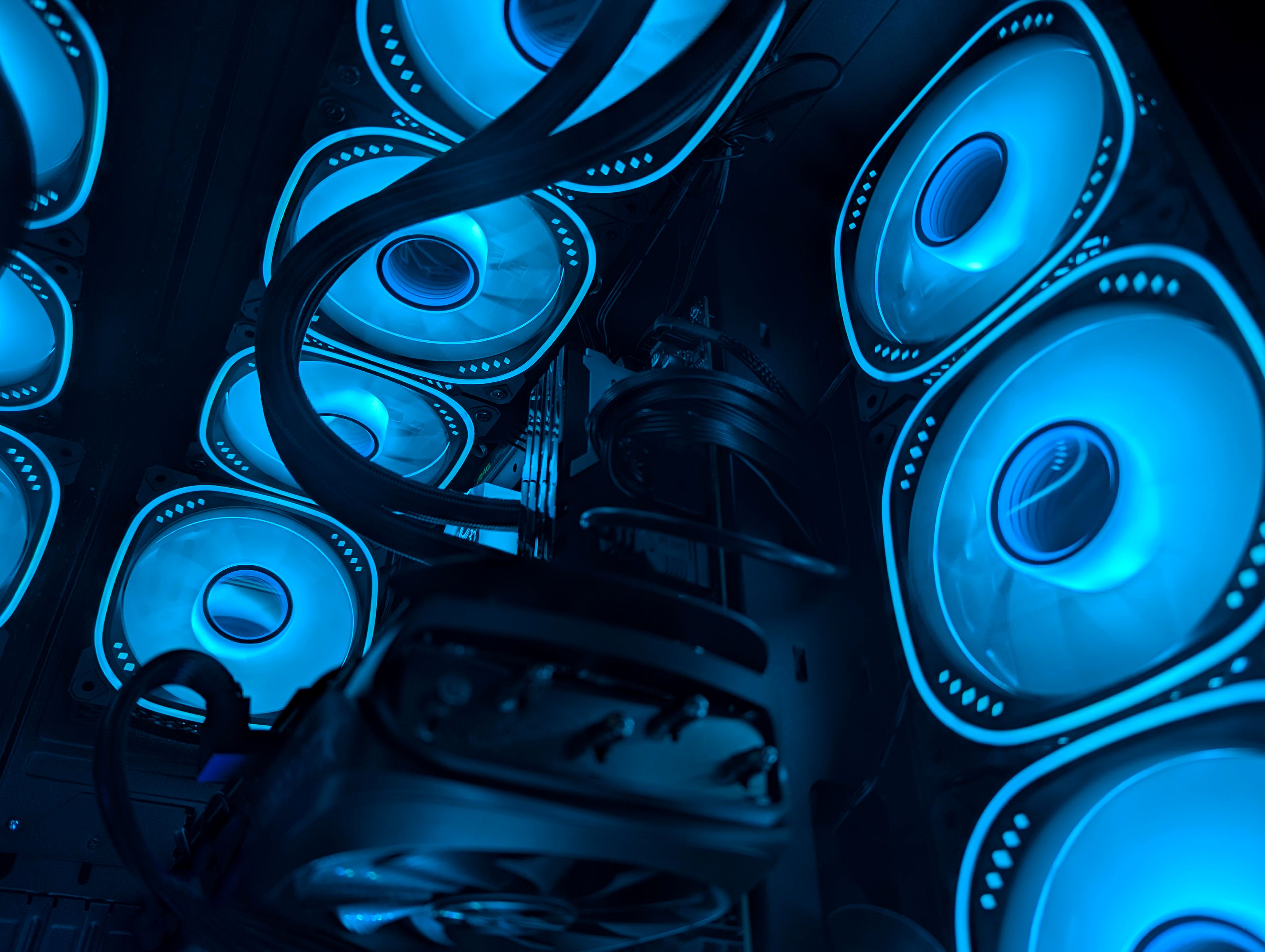
Conclusion
Many common PC issues can be resolved with some simple DIY troubleshooting steps. By regularly maintaining your computer and addressing problems as they arise, you can prolong its lifespan and ensure it runs smoothly. The Hoboken experts recommend taking a systematic approach to diagnosing and fixing these issues to keep your technology in top shape.
